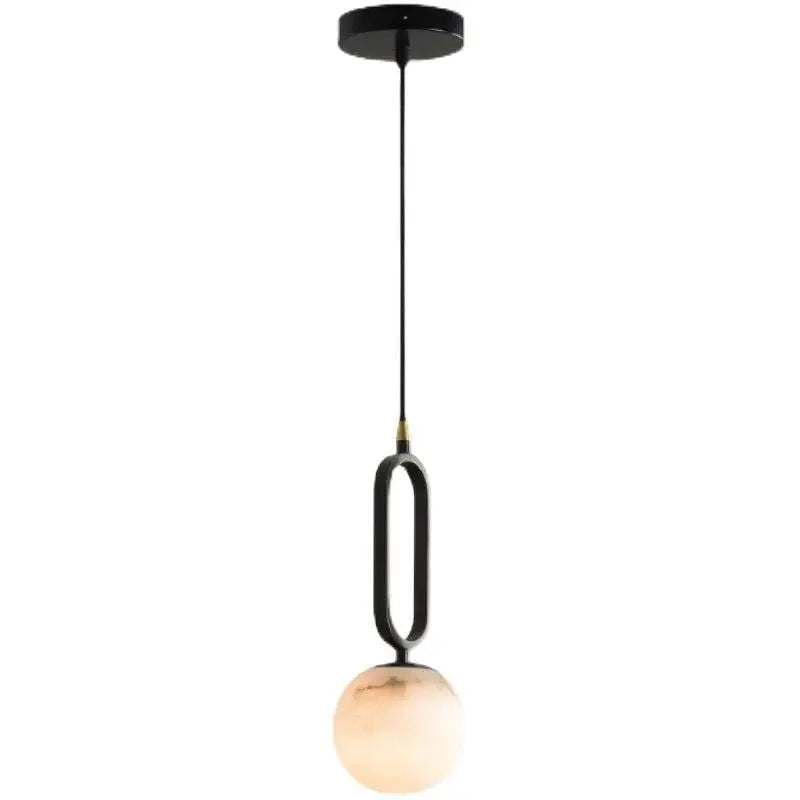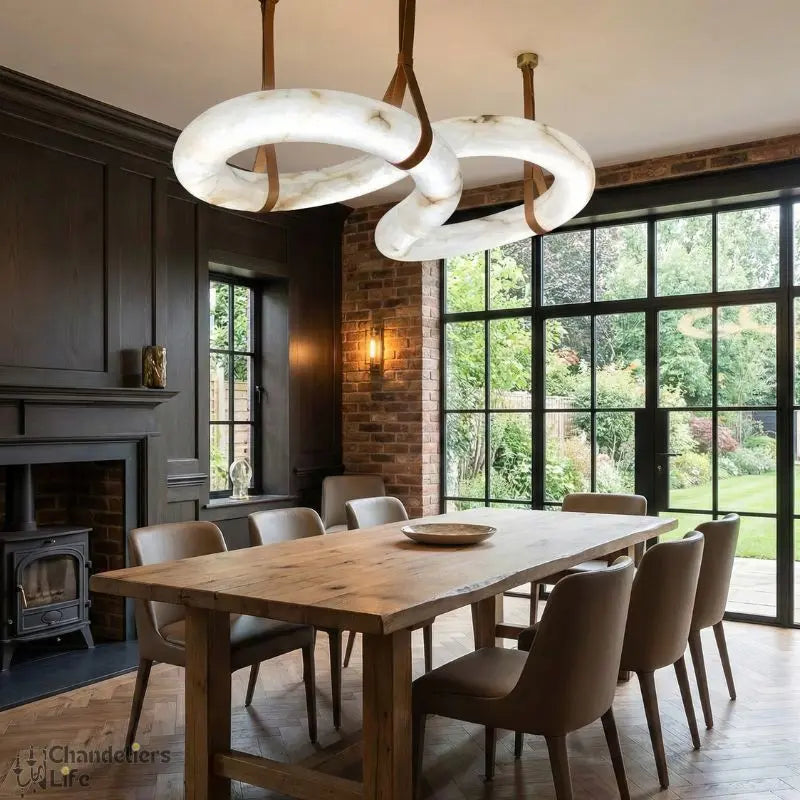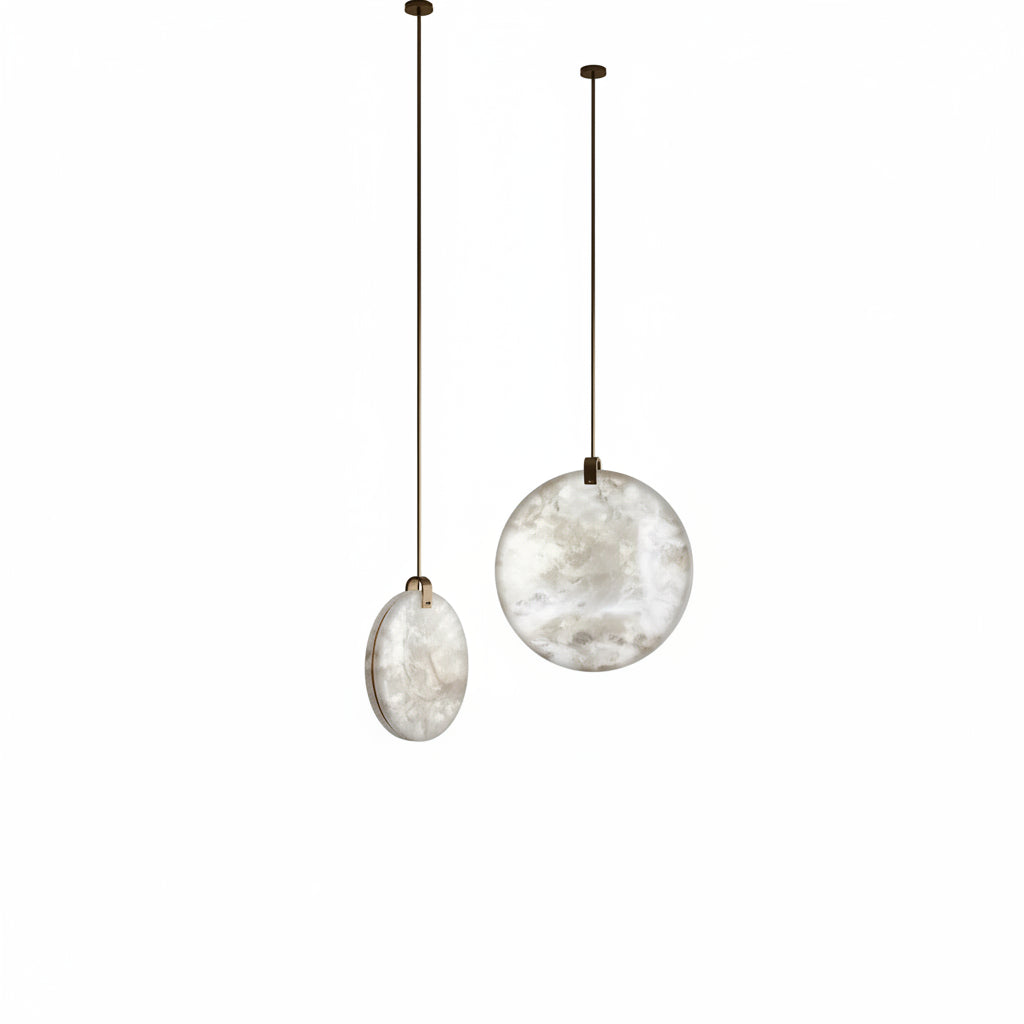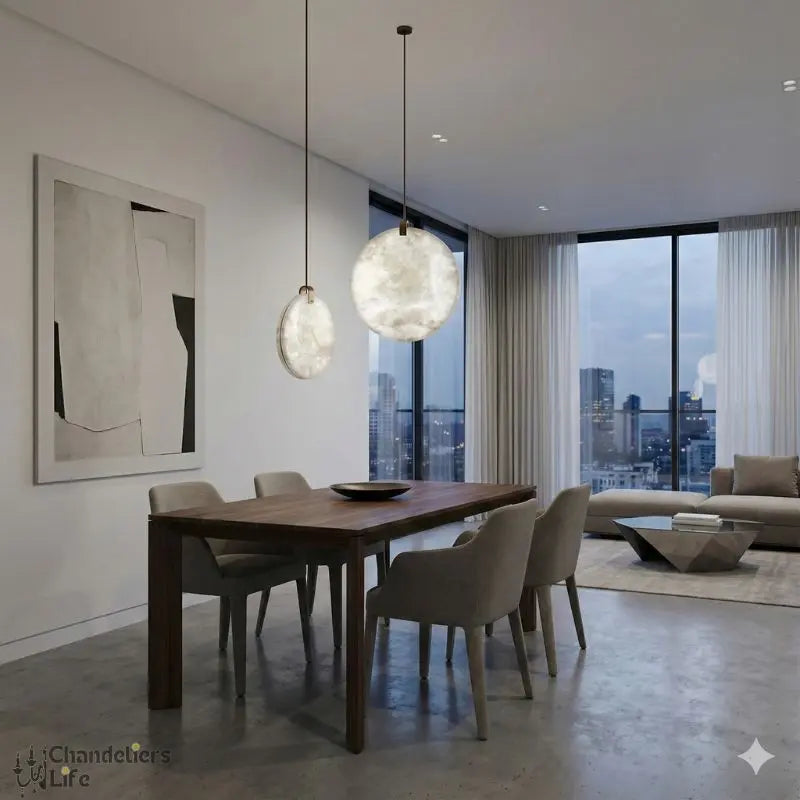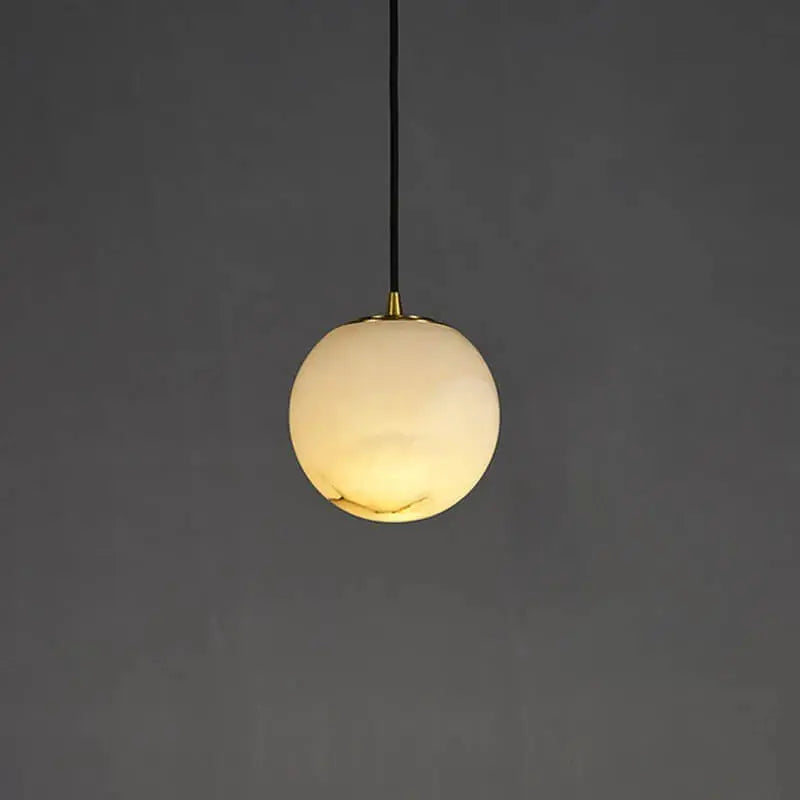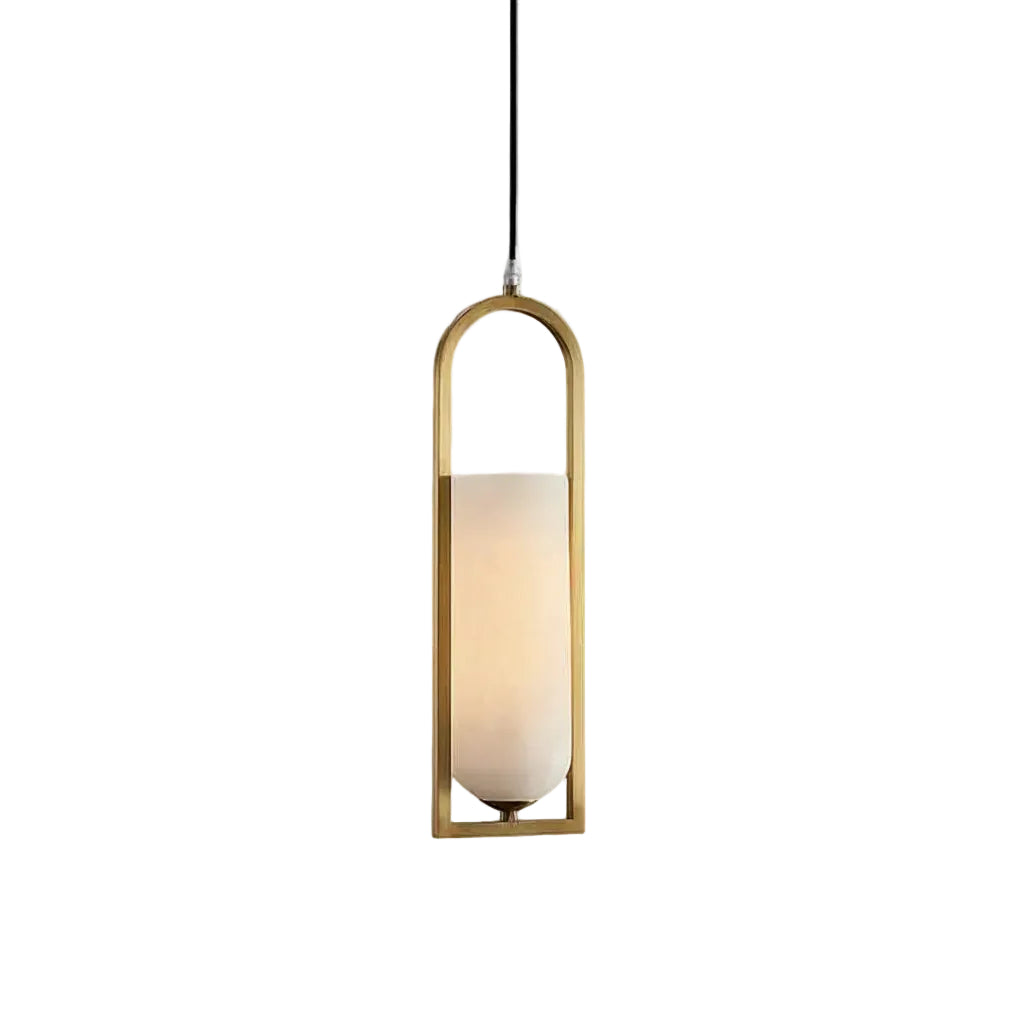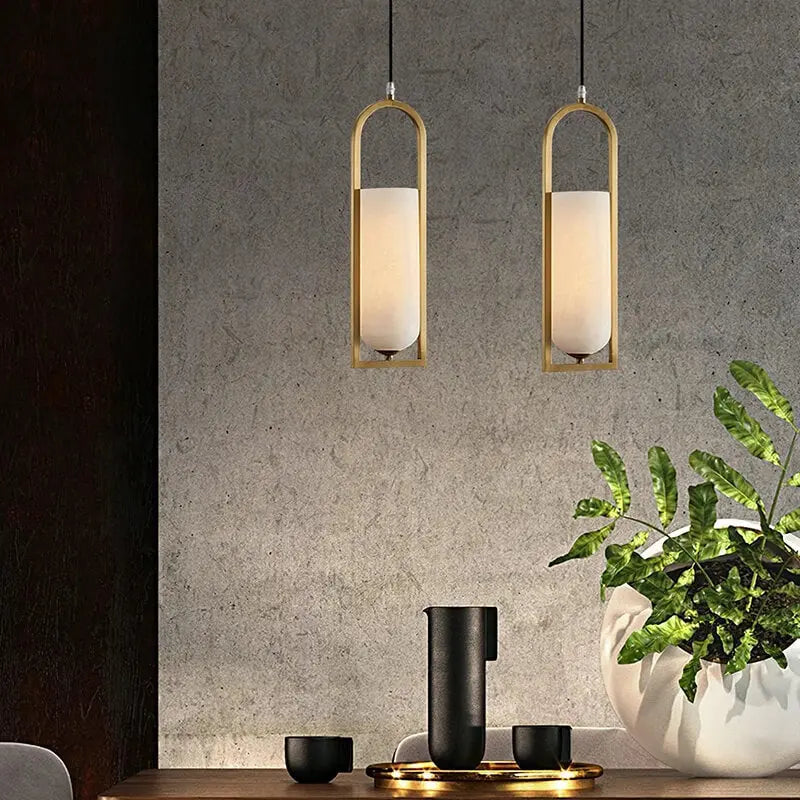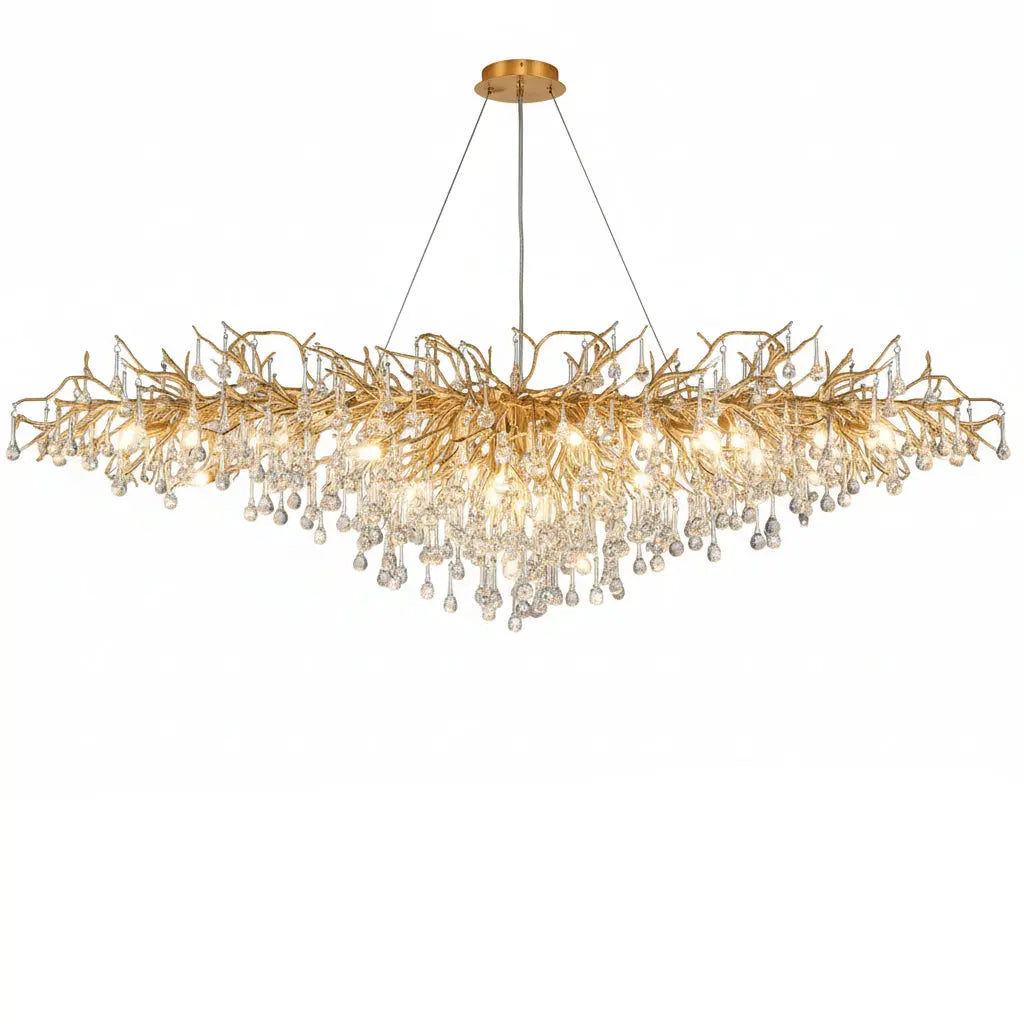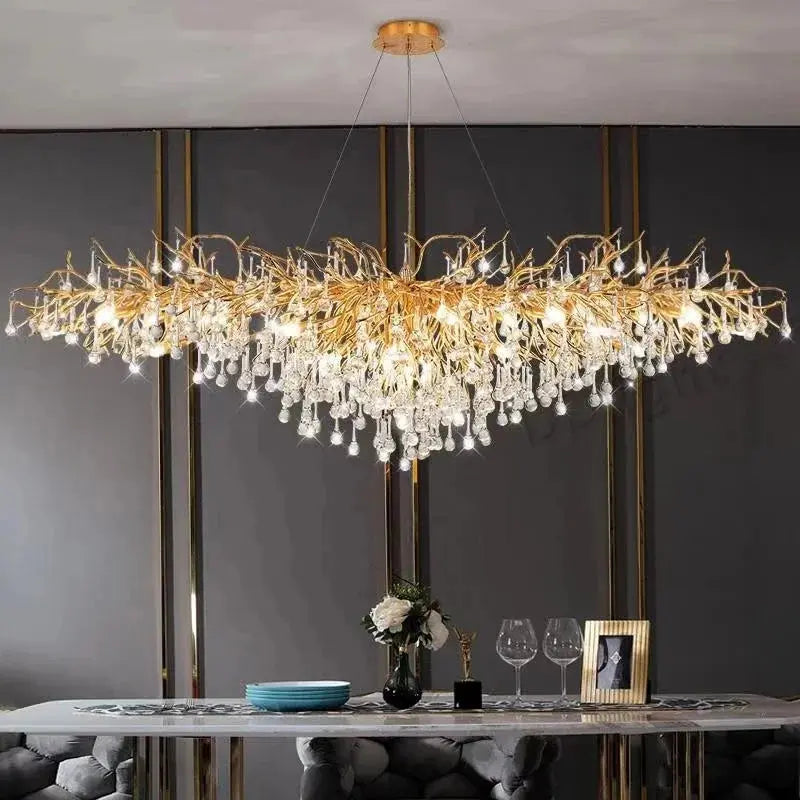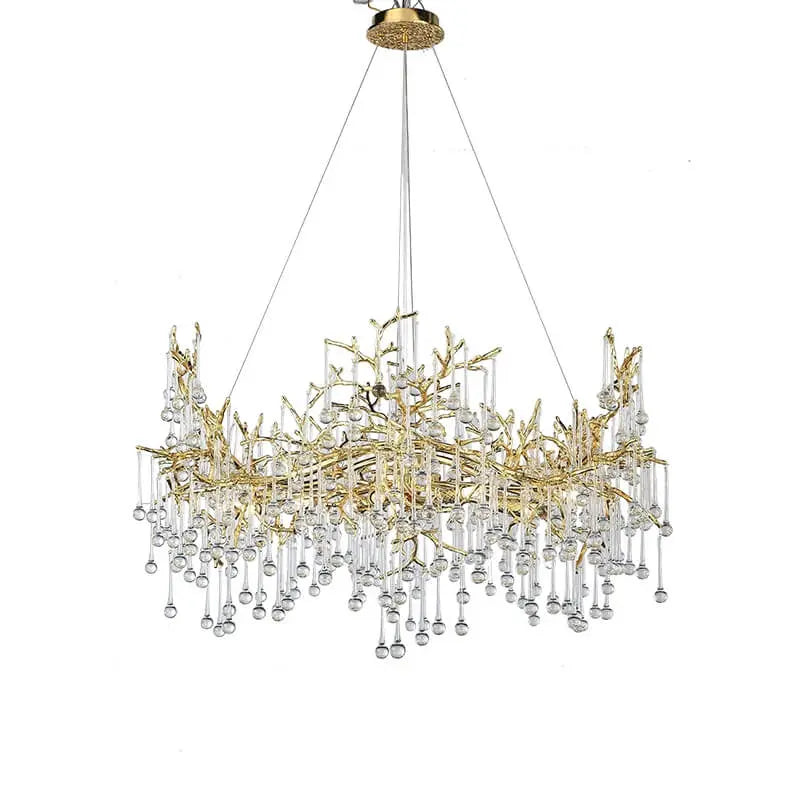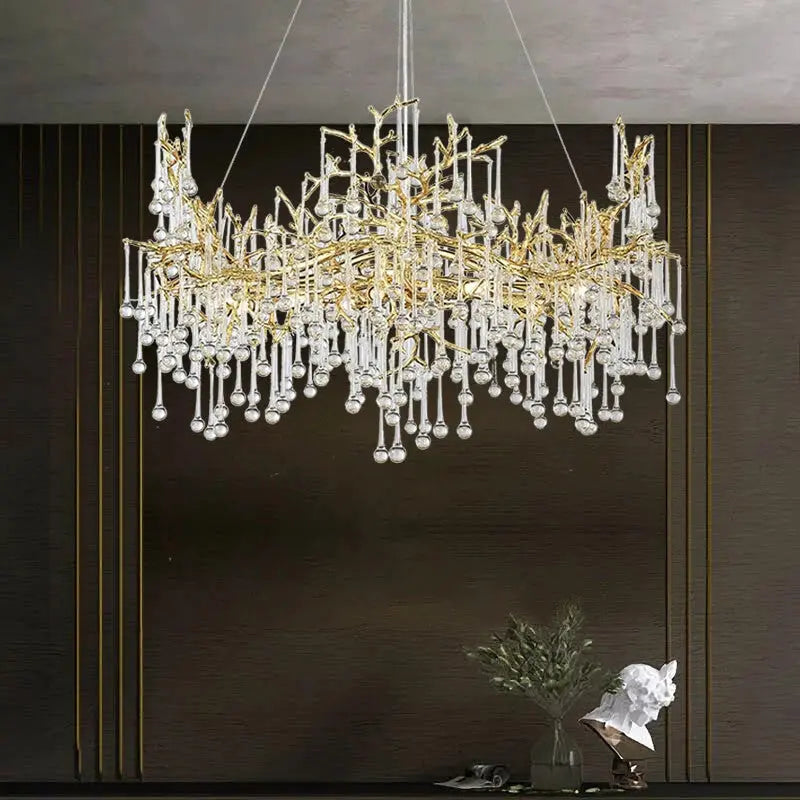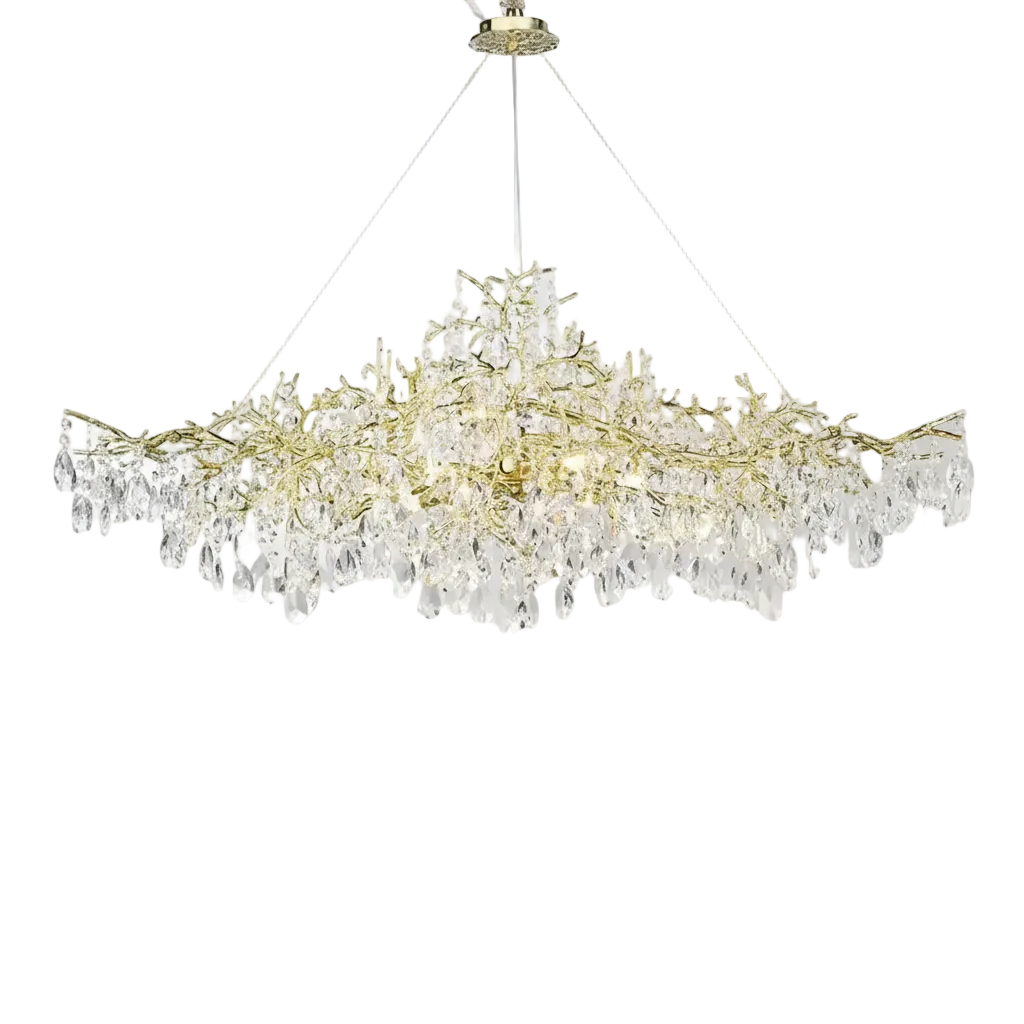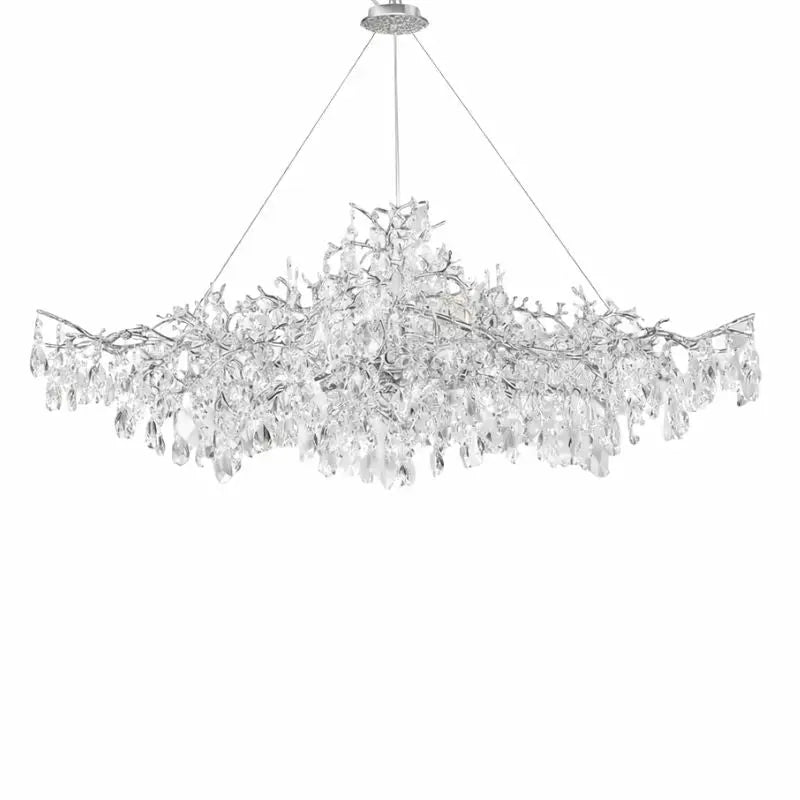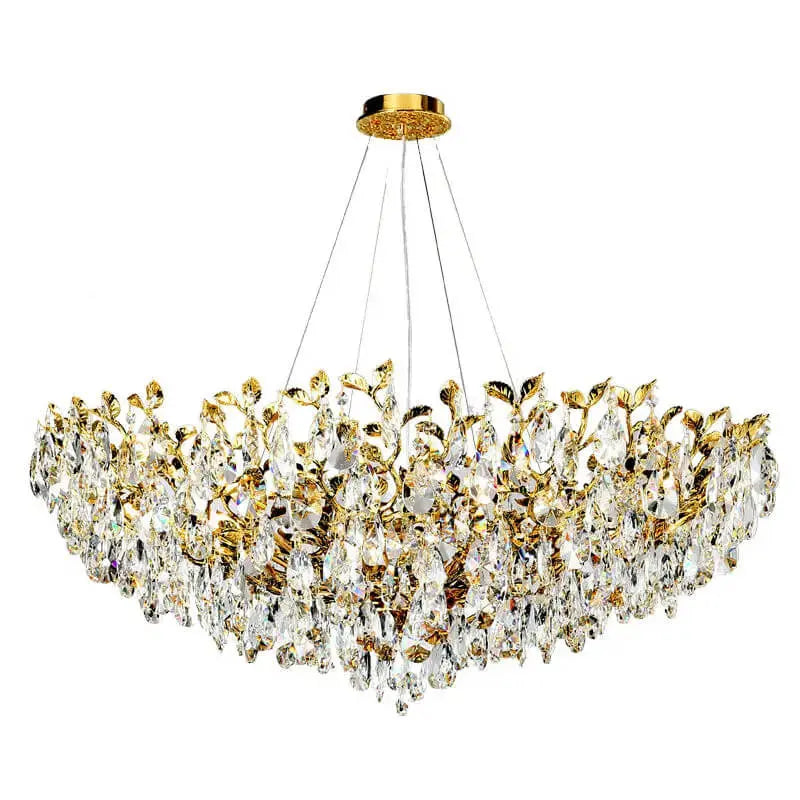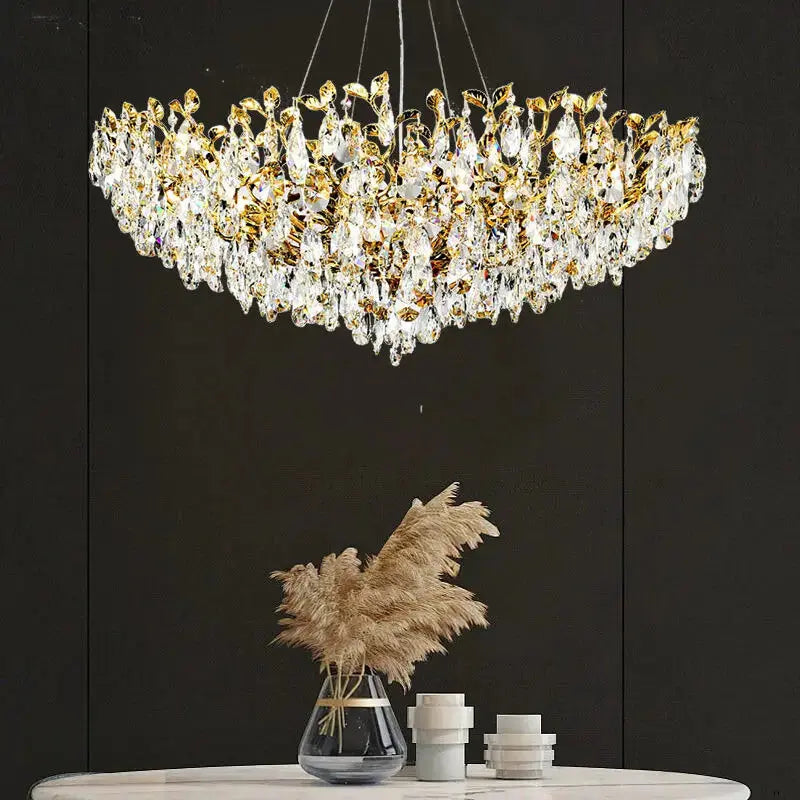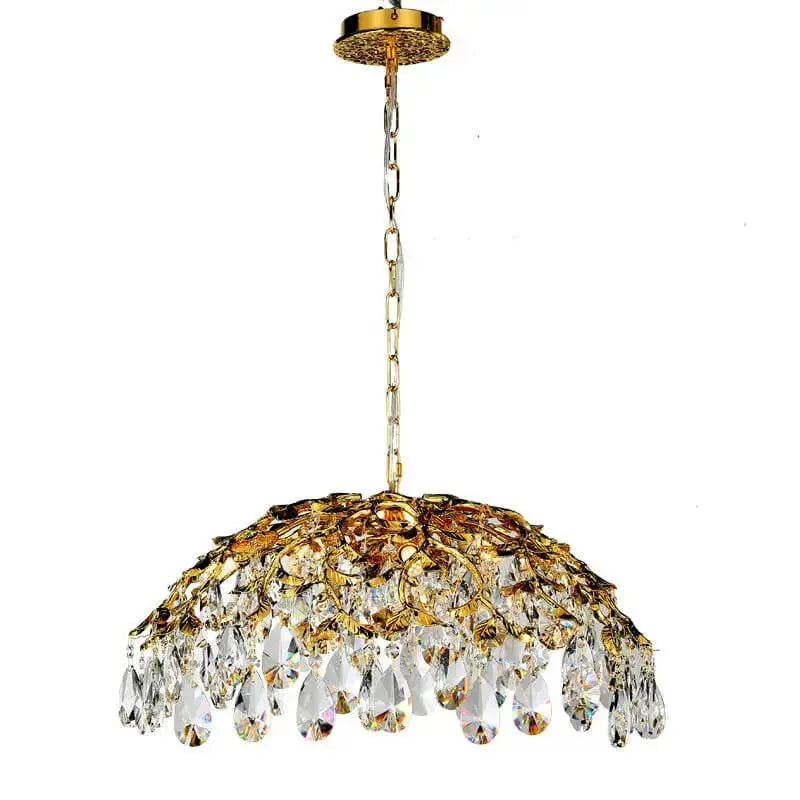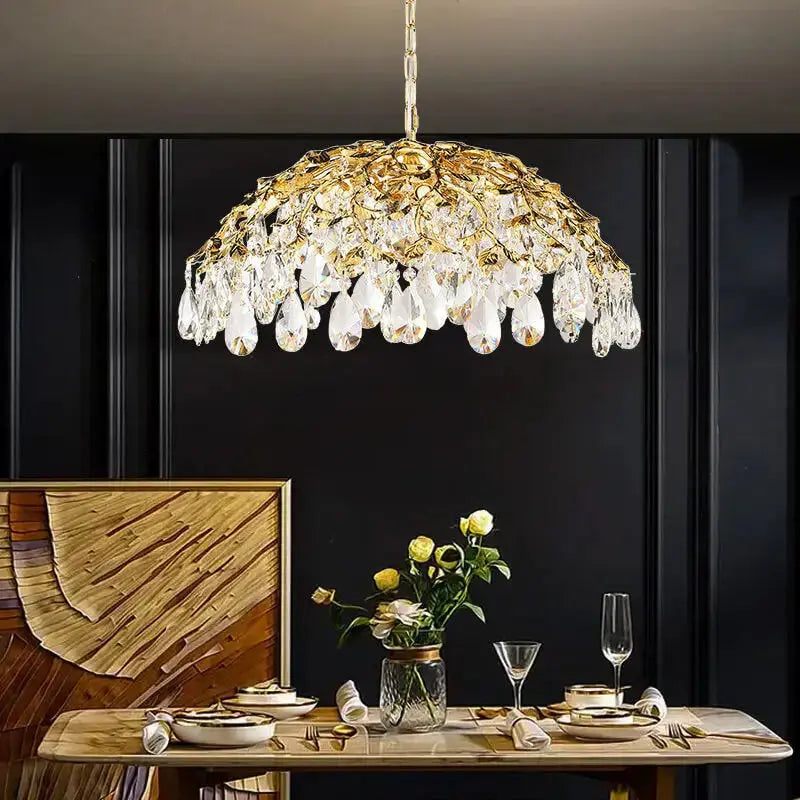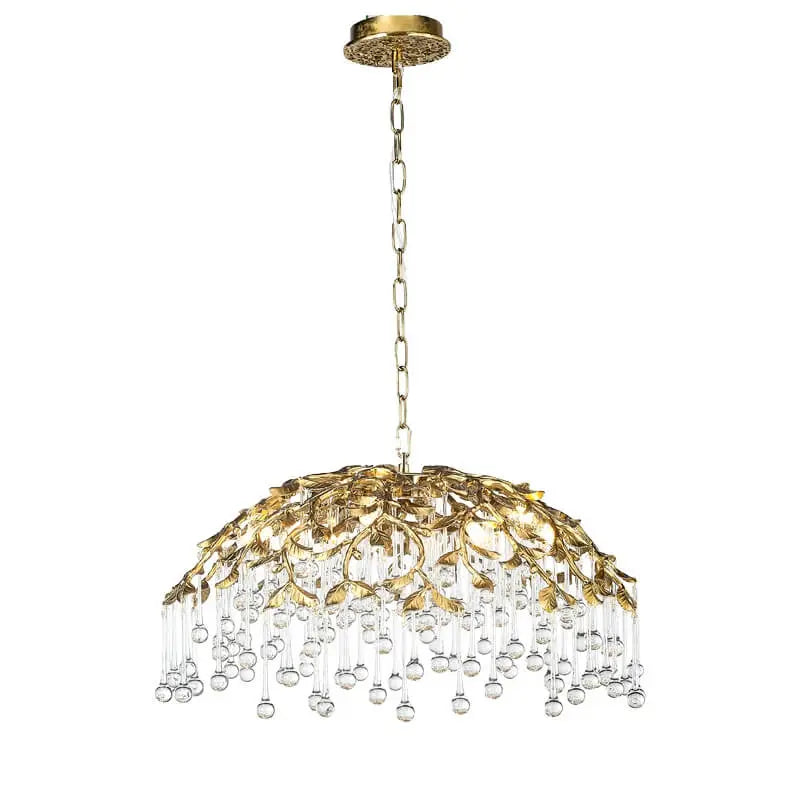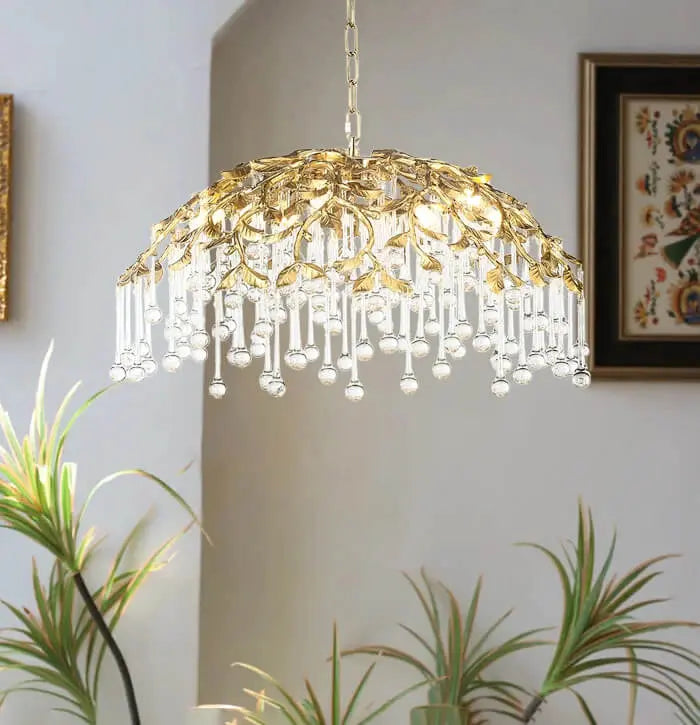Lighting plays a crucial role in home design, influencing both the functionality and aesthetics of a space. Good lighting can transform a room, making it feel cozy, productive, or ready for social gatherings. It also enhances safety, highlights architectural features, and contributes to our overall well-being. This article explores the many facets of lighting in home design and offers practical tips for achieving the best results.
Key Takeaways
- Good lighting sets the mood, creating a cozy atmosphere or a productive workspace.
- Proper lighting enhances home functionality by improving visibility and safety.
- Lighting can highlight architectural features and enhance color schemes.
- Natural light has numerous benefits, including boosting mood and regulating sleep cycles.
- Choosing the right lighting fixtures is essential for both style and energy efficiency.
The Role of Good Lighting in Setting the Mood
Creating a Cozy Atmosphere
Good lighting can make a room feel warm and inviting. Soft, warm lights are perfect for creating a cozy atmosphere in living rooms or bedrooms. Using dimmers can help you adjust the light levels to suit different times of the day or activities. For example, you might want brighter lights for reading and softer lights for relaxing.
Enhancing Productivity in Workspaces
In workspaces, the right lighting is crucial for productivity. Bright, cool-toned lights can help you stay focused and alert. This type of lighting is ideal for home offices or study areas. It reduces eye strain and helps you concentrate better on tasks.
Setting the Tone for Social Gatherings
When hosting social gatherings, lighting plays a key role in setting the mood. You can use a mix of ambient, task, and accent lighting to create a welcoming environment. For instance, pendant lights over a dining table can highlight the area, while softer lights around the room can make guests feel comfortable and relaxed.
Lighting is not just about visibility; it's about creating the right ambiance for different activities and times of the day.
How Good Lighting Enhances Home Functionality
Improving Visibility and Safety
Good lighting is essential for improving visibility and safety in your home. Proper lighting helps prevent accidents by illuminating potential hazards like stairs and sharp corners. In areas like the kitchen, bright lighting ensures you can see what you're doing, reducing the risk of cuts or burns. For example, in a farmhouse kitchen decor, well-placed lights can make cooking and cleaning much safer and more efficient.
Facilitating Daily Activities
Lighting plays a crucial role in facilitating daily activities. Whether you're reading, cooking, or working, the right lighting can make these tasks easier and more enjoyable. Task lighting, such as under-cabinet lights in the kitchen or desk lamps in a home office, provides focused illumination where it's needed most. This type of lighting is particularly useful in workspaces, where it can enhance productivity and reduce eye strain.
Adapting to Different Room Uses
Different rooms in your home serve different purposes, and your lighting should adapt accordingly. For instance, a living room may require a combination of ambient and accent lighting to create a cozy atmosphere, while a bathroom needs bright, even lighting for grooming tasks. Using dimmers and smart controls can help you adjust the lighting to suit various activities and moods, making your home more versatile and functional.
Good lighting is not just about aesthetics; it's about creating a safe and functional environment that adapts to your needs.
By understanding the role of lighting in home functionality, you can make informed choices that enhance both the safety and usability of your living spaces.
The Impact of Good Lighting on Interior Aesthetics
Good lighting can transform a room's look and feel. It can make colors pop, highlight architectural features, and create interesting shadows. Lighting is like the final brushstroke on a painting, bringing everything together.
Highlighting Architectural Features
Accent lighting is key to showing off the best parts of your home. It can draw attention to a beautiful fireplace, a unique ceiling, or even a piece of art. Think of it as a spotlight that makes your home's best features shine.
Enhancing Color Schemes
Lighting can change how colors look in a room. Dark colors can make a room feel smaller, while light colors can make it feel bigger. The right lighting can make your color choices look their best.
Creating Visual Interest with Shadows and Light
Playing with shadows and light can add depth to a room. By using different types of lights, like floor lamps or wall lights, you can create a space that feels dynamic and interesting.
Incorporating Natural Light into Home Design
Benefits of Natural Light
Natural light is a game-changer in home design. It not only saves energy but also boosts your mood and well-being. Exposure to natural light can help regulate your circadian rhythms, making it easier to fall asleep at night. Plus, it can make your home feel more open and inviting.
Designing with Windows and Skylights
When planning your home, think about where to place windows and skylights. These features can flood your rooms with sunlight, making them feel larger and more welcoming. Skylights are especially great for rooms that don't get much natural light otherwise. They can also be a stylish addition to your home, fitting well with various decor styles like boho chic home decor or industrial style home decor.
Balancing Natural and Artificial Light
Balancing natural and artificial light is key to a well-lit home. Use sheer curtains to filter sunlight during the day and blackout curtains for complete darkness when needed. Blinds and shades offer versatile control over how much light enters your room. This balance is crucial for creating a comfortable and functional living space, whether you're aiming for minimalist living room decor or vintage home decor trends.
A well-balanced lighting plan can turn any room into a cozy and functional space, enhancing both its beauty and utility.
Choosing the Right Lighting Fixtures for Your Home
Types of Lighting Fixtures
Selecting the right lighting fixtures is crucial for creating a cohesive look in your home. There are several types of lighting fixtures to consider:
- Ambient Lighting: Provides overall illumination and creates a warm, welcoming atmosphere. Examples include chandeliers, pendants, and track lighting.
- Accent Lighting: Highlights specific objects or features, such as artworks or architectural details. This includes track lighting, wall sconces, and spotlights.
- Task Lighting: Focuses on areas where specific activities are performed, like reading or cooking. Desk lamps, under-cabinet lights, and pendant lights over kitchen islands are common examples.
Matching Fixtures to Room Styles
The style of your lighting fixtures should match the design of the room. For instance, an industrial-style pendant light might look out of place in a classic, traditional room. Choosing the right fixture style involves considering the materials, colors, and shapes that will best complement your room's decor.
Energy Efficiency and Sustainability
In today's eco-conscious world, it's important to consider energy-efficient lighting options. LED lights, compact fluorescents, and smart lighting systems not only reduce energy consumption but also offer versatile lighting options. These choices help you save on utility bills while being kind to the environment.
When you illuminate your home with the right fixtures, you create a space that is both functional and beautiful. Remember, the right lighting can transform your home into a welcoming and efficient haven.
The Psychological and Biological Effects of Good Lighting
Influence on Mood and Well-being
Good lighting can have a big impact on how we feel. Bright light can make us feel more awake and focused, while softer light can help us relax. The color of the light also matters. Warm colors like yellow and orange can make us feel cozy, while cool colors like blue can make us feel more alert.
Regulating Circadian Rhythms
Our bodies have a natural clock called the circadian rhythm, which tells us when to sleep and when to wake up. Good lighting can help keep this clock on track. Natural light during the day and dimmer lights in the evening can help us sleep better at night.
Reducing Eye Strain and Fatigue
Proper lighting can also help reduce eye strain and fatigue. When a room is too dark or too bright, it can be hard on our eyes. Using the right kind of light can make it easier to see and help us feel less tired.
Good lighting is not just about seeing better; it's about feeling better too. It can make a room feel more inviting and help us stay focused and relaxed.
Practical Tips for Better Lighting
- Use a mix of natural and artificial light to keep your home well-lit throughout the day.
- Choose light colors that match the mood you want to create in each room.
- Use dimmers to adjust the brightness and create the right atmosphere.
- Avoid harsh, bright lights that can cause eye strain.
By paying attention to the lighting in your home, you can create a space that not only looks good but also makes you feel good.
Practical Tips for Achieving Good Lighting in Your Home
Layering Different Types of Lighting
Layering different types of lighting is key to creating a well-lit home. Use ambient lighting for general illumination, task lighting for specific activities, and accent lighting to highlight features. This approach ensures that each room is both functional and inviting.
Using Dimmers and Smart Controls
Incorporate dimmers and smart controls to adjust the lighting based on your needs. Dimmers allow you to change the light intensity, creating a cozy atmosphere or a bright workspace as needed. Smart controls can automate lighting, making it easier to manage different settings throughout the day.
Avoiding Common Lighting Mistakes
Avoid common lighting mistakes like relying on a single light source or ignoring the color temperature of bulbs. Mixing different light sources and paying attention to bulb color can make a big difference. For example, warm lights are great for living rooms, while cool lights work well in kitchens and bathrooms.
Good lighting design can transform your home, making it more comfortable and functional. By layering different types of lighting, using dimmers, and avoiding common mistakes, you can create a space that meets all your needs.
Quick Tips:
- Use a mix of ambient, task, and accent lighting.
- Install dimmers to control light intensity.
- Choose the right color temperature for each room.
- Avoid relying on a single light source.
- Consider smart controls for convenience.
Want to make your home look amazing with the right lighting? Check out our website for some great tips and ideas. We have everything you need to brighten up your space, from chandeliers to table lamps. Don't miss out on our special offers and new arrivals!
Conclusion
In conclusion, good lighting is a key part of making a home both beautiful and functional. It sets the mood, highlights important features, and can even affect how we feel. Whether it's natural light streaming through windows or carefully placed lamps and fixtures, the right lighting can transform any space. So next time you're thinking about redesigning a room, don't forget to consider how lighting can make all the difference.
Frequently Asked Questions
Why is good lighting important in home design?
Good lighting is essential in home design because it enhances the mood, makes spaces functional, and highlights the beauty of the interior. It helps to create a comfortable atmosphere, improve productivity, and ensure safety.
How does lighting affect the mood of a room?
Lighting can significantly impact the mood of a room. Soft, warm lighting creates a cozy and relaxing atmosphere, while bright, cool lighting can make a space feel more energetic and lively.
What are the benefits of natural light in home design?
Natural light has several benefits, including improving mood, reducing energy costs, and enhancing the appearance of a room. It helps regulate our circadian rhythms and can make spaces feel more open and inviting.
How can I choose the right lighting fixtures for my home?
To choose the right lighting fixtures, consider the function of the room, the style of your home, and energy efficiency. Different rooms require different types of lighting, and fixtures should complement your interior design.
What is the role of lighting in highlighting architectural features?
Lighting plays a crucial role in highlighting architectural features by creating shadows and highlights that draw attention to specific elements. It can enhance textures, emphasize design details, and add depth to a space.
How can I avoid common lighting mistakes in my home?
To avoid common lighting mistakes, layer different types of lighting, use dimmers and smart controls, and ensure that lighting fixtures match the room's style. Avoid relying on a single light source and consider the placement and intensity of lights.




